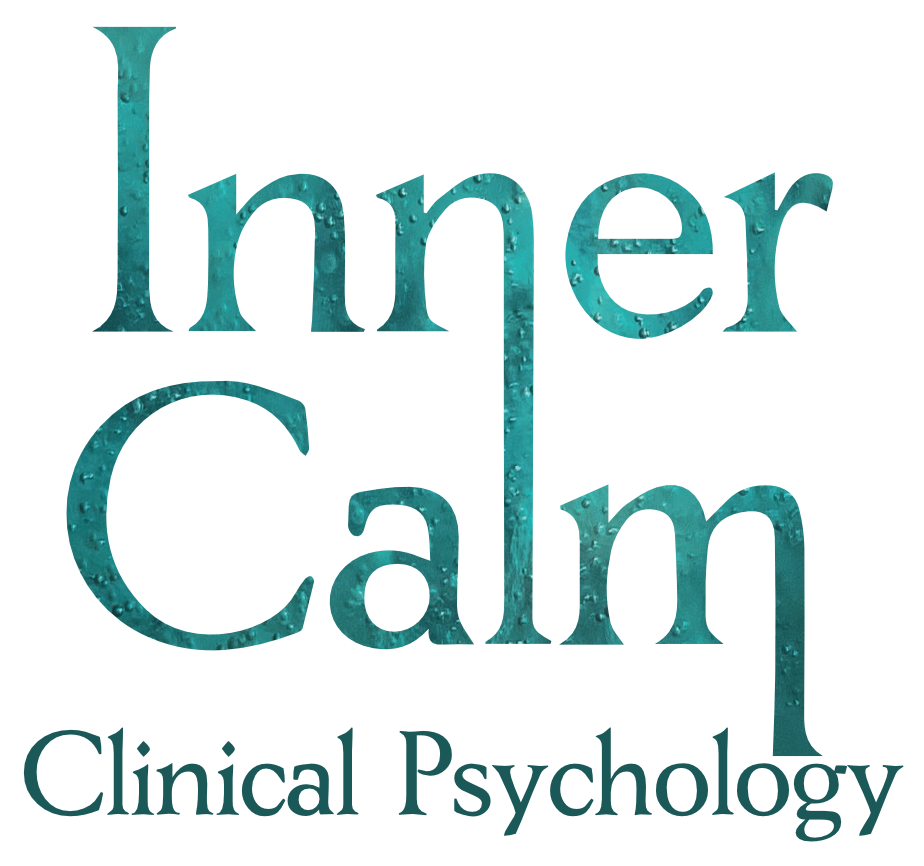By Sam Hillview-Close*
We’ve come a long way in recognising the damage bullying can do. But a new study from Florida Atlantic University suggests we’re still underestimating one form of it; the kind that happens quietly, behind screens, and often goes unnoticed - cyberbullying. And not just the dramatic stuff either - not threats or slurs or hacked accounts. We're talking about being left out of a group chat. Ignored. Gossiped about. It turns out, even these subtle forms of online cruelty can leave deep psychological scars, including symptoms of PTSD.
More Than Just Digital Meanness
The research paints a sobering picture. Cyberbullying in all its forms, from the obvious to the almost invisible, should be classified as an adverse childhood experience (ACE). Why? Because it's strongly associated with trauma. Using a nationally representative sample of nearly 2,700 middle and high school students, researchers found that a staggering 87% had experienced at least one type of cyberbullying. And it wasn’t just the kind you can easily spot. More than half had been excluded from chats, targeted with rumours, or impersonated online. The emotional toll? Deep, and distressingly common.
What truly stood out in the study is that no single type of cyberbullying was significantly more traumatic than another. Being left out or gossiped about proved just as psychologically damaging as direct threats or attacks. In short, trauma doesn’t always scream - sometimes it just quietly festers.
Frequency Over Form
One of the more alarming findings was that what mattered most wasn’t the type of cyberbullying, but how often it occurred. The more a teen was targeted, the more likely they were to exhibit trauma symptoms.
Interestingly, demographic factors like age and gender did play a role - younger teens and girls were more likely to show trauma symptoms - but those differences faded when the frequency of bullying was factored in. This means the harm isn’t confined to one group of kids. It’s the repeated exposure that does the damage, no matter who you are.
When the Hurt Hides in Plain Sight
Part of what makes cyberbullying so insidious is how easy it is to overlook. Being left out of a message thread? It doesn’t sound like much - unless you’re 14, and your entire sense of social worth revolves around that thread. Cruel comments, silence from a friend group, a fake account made in your name - all of these chip away at identity and self-esteem. And for some kids, the silence is worse than any insult.
Lead researcher Dr. Sameer Hinduja noted that the emotional impact of exclusion or indirect attacks was equal to more explicit threats. The implication is clear - we can’t afford to rank or rationalise cruelty. If it causes pain, it causes harm. Full stop.
Shifting from Dismissal to Action
These findings demand a change in how schools, families, and communities approach online harm. A trauma-informed approach isn’t just a buzzword - it’s a necessity. That means recognising emotional wounds that don’t leave bruises, equipping adults with the skills to spot subtle signs of trauma, and creating school environments where kids feel supported, safe, and seen.
It also means helping kids build resilience before they’re in crisis. Strengthening family connections, fostering close peer relationships, and promoting emotional awareness are all protective factors that can help buffer against the worst outcomes. But we can’t leave it to chance.
Creating Safer Digital Worlds, One Conversation at a Time
The online world isn’t going anywhere - and for young people, it is the world. That makes it our job, as the adults in the room (and on the Wi-Fi), to stop minimising the impact of online cruelty and start acting like it matters. Because it does. Kids don’t always tell us when they’re hurting. But that doesn’t mean we shouldn’t be listening harder.
* Sam Hillview-Close is a former business executive, public health administrator, Board member, writer and blogger. Sam is also a proud neurodivergent individual.
| If this blog resonates with you and you want to talk to someone, feel welcome to contact us at Inner Calm Clinical Psychology. Remember you don't have to face it alone. When you're ready, we're here to help. |

